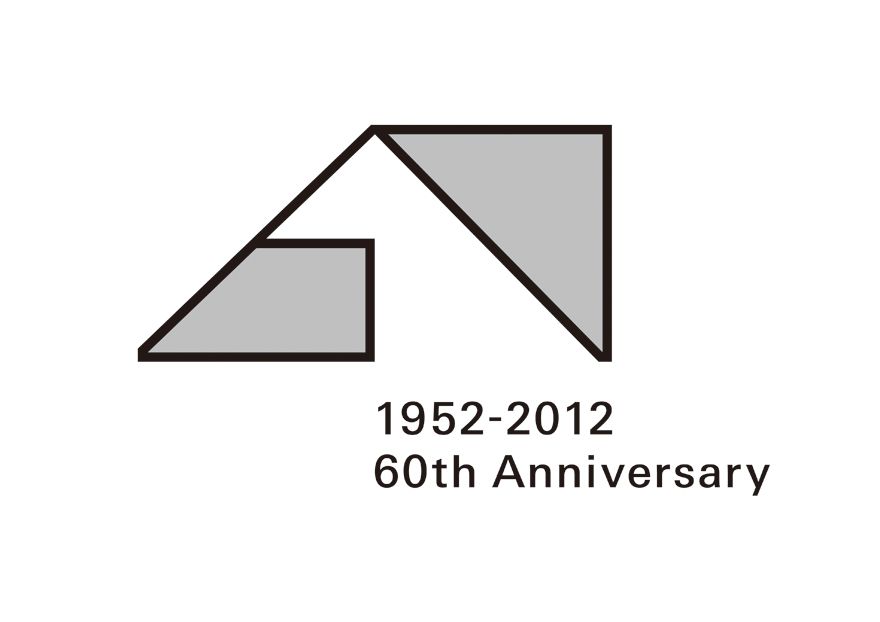

2015年4月24日[金] 開館

OPENING APRIL 24, 2015
五感のミュージアム
Museum of the five senses
人の真似をするのなら美術館なんて造る意味がない。大分にしかない唯一無二のユニークなものを造る決意がないと無意味だ
It is meaningless to build an art museum if you are going to imitate others. If you are not determined to build something unique, and like nothing else, to exist only in Oita, then it is meaningless.

- Ryu NIIMI
- Director
- 新見 隆
- 館長
今まで出会ったことがないものが出会うことで新たなパワーが生まれる
By encountering something never encountered until now, a new power is born.
ここは神殿でなく、家である
Here is not a delubrum, but a home.
出会いのミュージアム
Museum of encounters
「世界の美術と大分の文化がぶつかり合う、大分にしかない美術館」
Art museum that exists only in Oita, where the art of the world and the culture of Oita collide.
美術館は、心の遊び場
Art museum: a playground for the heart
さまざまなジャンルを超えた展覧会
Exhibitions transcending various genres
器と燃料は用意しますが、それに火をつけるのは観客である県民です。美術館はきっかけであって、終点では決してない。出発点。その人がどう楽しめて、どう変わるか。美術館において最もクリエーティブなのは観客です。
We prepare the equipment and the fuel, but the prefectural citizens, the audience are the ones who light the fire. The art museum is a catalyst, by no means is it an end point. It is a launching pad. How does a person enjoy themselves, how do they change? In an art museum, the most creative thing is the audience.
日本と世界、伝統とモダンが出会う、これまでにない展覧会を考えている
We are planning an unprecedented exhibition, an encounter of Japan and the world, of tradition and modernity
オスカー・シュレンマーは、絵画や彫刻だけでなく、それらと音楽、さらには人間の身体の動きを総合したユニークな20世紀のダンスの開拓者だった。僕らの目指す新しいミュージアムも、「異文化が出会う」コスモポリタンであることはもちろん、異ジャンルが出会う五感のミュージアムでありたいと思っている。そして、最近僕がスタッフ皆に言っているモットーは「踊るミュージアム!レッツ・ダンス!」である。
Oskar Schlemmer was a pioneer of not only painting and sculpting, but also unique 20th Century dance that synthesized painting, sculpture, music and the movements of the human body. The new museum that we are aiming for is naturally a cosmopolitan of “foreign culture encounters”, but we also want it to be a museum of the five senses where you can encounter different genres. The motto that I have been saying to all of my staff recently is “Dancing museum! Let’s dance!”.
大分にしかない、唯一絶対のユニークで世界的なミュージアム
A worldwide museum like none other, unique to Oita
料理と美術、バレエと詩が出合ったり、今までみたことない、新しい出合いの場を提供したいと思っています。
We wish to provide a never-before-seen space of new encounters, where food and art, ballet and poetry encounters.

- Shigeru BAN
- Architect
- 坂 茂
- 建築家
フレキシブル
FLEXIBLE
視覚的に開けている事の重要性
The importance of things being visually open
オフィスの街ストリート・ファブリックの延長上にある建築として直方体の単純な形にしました。そうしながらも、前面の可動式のガラス折れ戸が開くと、内と外が連続した空間になります。
I made this art museum into a straightforward cubic shape, as architecture that is an extension of the office area street framework. Although by opening the front facing mobile glass folding doors, a space is created where interior is connected with exterior.
瞬時に空間を変化させるガラス折れ戸
Folding glass doors that transform the space in the blink of an eye
竹工芸からヒントを得た木の構造
Wooden structures inspired by bamboo crafts
これまでの多くの美術館は閉鎖的な箱だった
美術愛好家の為だけの施設になってはイケナイ
This cannot become a facility just for the benefit of art museum enthusiasts, a closed off box like many other art museums until now
外に開いた空間、外から見えやすい空間、自由にフレキシブルに使えるホワイエのようなギャラリーの外の空間が県立美術館にはあります。要するに外と中の中間的な場所ですが、そこを充実させることを考えました
The Oita Prefectural Art Museum will incorporate space that is open to the outdoors, space that is easily visible from outside, and a space outside the gallery like a foyer which can be used freely and flexibly.
In short, it is a place somewhere between inside and outside, a point that we hope to enhance.
フィジカルに中と外の空間が連続する
The interior and exterior spaces are physically connected
ただの飾りじゃなくて機能と意匠を兼ねた一つの構造として造りたい
I wish to build it not as a mere decoration, but as a single construction combining both function and design
外の空間のほうが断然気持ちがいい
The outdoor space is definitely more pleasant
この美術館は開放的で柔軟な空間構成ができる
The museum will allow open, flexible space configuration
中が見えやすく、お金を出さなくても入れるところがたくさんあって、美術を見に来なくても、お茶を飲みに来たり、楽しいショップがあったりすれば、いろんな方々が気軽に集まる場所になると思っています。
It is easy to see inside and there are many places visitors can enter without paying any money. Even if visitors do not come to see art, if they can come to drink tea or coffee of enjoy shopping, then this will be a place that many people will be able to easily gather.
可変性 拡張性 多様性
Versatility Scalability Diversity
ワールド ワイド コミュニケーション

大分県立美術館のヴィジュアル・アイデンティティは、同館の特徴である可変性、拡張性、多様性を象徴的に視覚化、知覚化したものです。 時代を超える普遍性を有すると同時に、親しみやすさを目指したデザインです。
The visual identity of the Oita Prefectural Art Museum is the symbolic visualization and change in perception of the versatility, scalability and diversity which are the features of the art museum. While simultaneously possessing a universality that transcends time, it is a design with familiarity in mind.
大分県立美術館の欧文表記Oita Prefectural Art Museum の頭文字O・P・A・Mを用いた「OPAM」(オーパム)が、シンボルマークのエレメントです。レタリングによる工芸的な技を駆使し、人の手技による緻密さと温もりを取り入れました。
The first letter of each word in the English name for the art museum, “Oita Prefectual Art Museum”, is incorporated into the elements of the logo “OPAM”.
It incorporates the use of industrial arts techniques in the lettering, and the warmth and attention to detail of a human touch.

- Keiko HIRANO × Aoshi KUDO
- Designer
- CDL 平野 敬子 × 工藤 青石
- デザイナー
大分の発展をイメージ
An impression of the development of Oita
時代を超える
普遍性
親しみやすさ
Transcending time
Universality
Familiarity
レタリングによる工芸的な技を駆使
Lettering utilizing craftsmanship techniques
人の手技による
緻密さと温もり
Warmth and attention to detail of the human touch
明朝体でもゴシック体でもない、中庸のキャラクターのオリジナル書体の和文ロゴタイプは、ベーシックかつ現代的なイメージを目指した、視認性の高いデザインです。シンボルマークと同様に、レタリングによる工芸的な技を駆使し、人の手技による緻密さと温もりを取り入れました。
Neither “Ming” style typeface nor “Gothic” style typeface, the moderate original character font of the Japanese logo is a high visibility design intended to be basic and modern. As with the logo, the lettering incorporates craftsmanship techniques and the warmth and attention to detail of a human touch.
Oの文字は太陽を彷彿させる円
Aの文字は天に延びるような長体
The letter “O” is a circle reminiscent of the sun
The letter “A” is elongated as though stretching to the heavens
オープンアート









